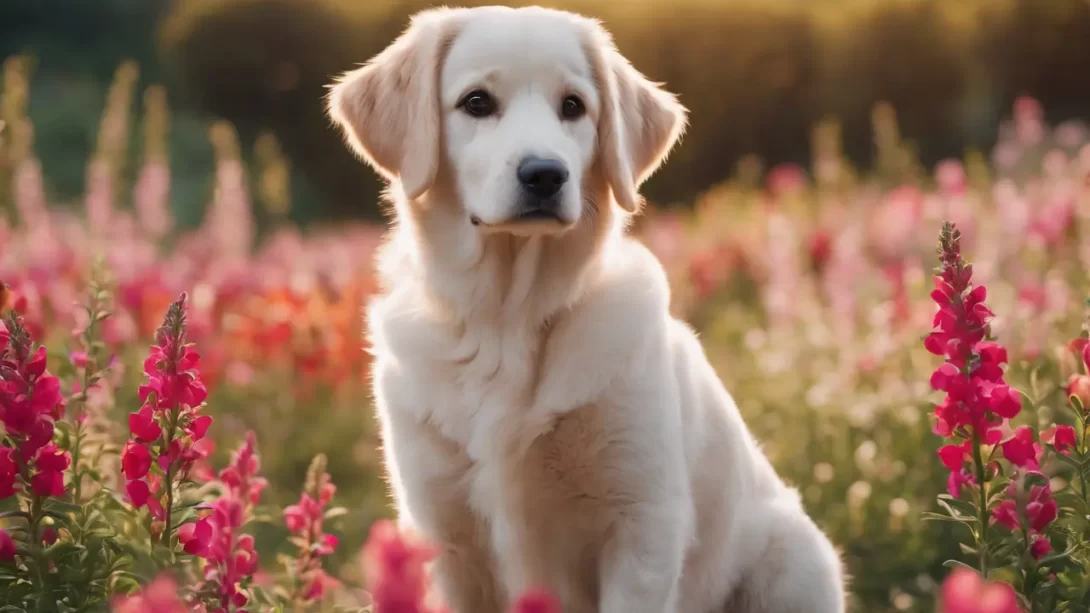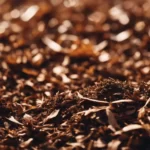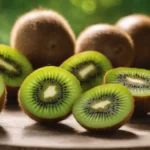Snapdragons (Antirrhinum majus) are a favorite in many gardens due to their vibrant colors and unique flower shapes. As pet owners, it’s essential to ensure the safety of all plants in our gardens, especially when it comes to our canine companions. This article addresses a common concern: are snapdragons safe for dogs?
Overview of Snapdragons
Snapdragons are known for their tall spikes of brightly colored flowers, which can range from soft pastels to vivid hues. These plants add height and color to flower beds and are also popular in cut flower arrangements. They come in various sizes and are cherished for their distinctive ‘snap’ feature, where the flower’s mouth opens and closes when gently squeezed.
Importance of Plant Safety for Pet Owners
For dog owners, the safety of garden plants is a critical consideration. Dogs are naturally curious and may chew on plants, which can be dangerous if the plants are toxic. Symptoms of plant toxicity in dogs can vary widely, from mild gastrointestinal upset to more severe reactions, depending on the plant and the amount consumed.
Toxicity Profile of Snapdragons
Regarding snapdragons, the good news for dog owners is that these plants are generally considered non-toxic to dogs. Organizations such as the American Society for the Prevention of Cruelty to Animals (ASPCA) list snapdragons as safe for pets. This means that they do not contain any known toxins that pose a serious health risk to dogs. However, it’s important to note that the ingestion of any plant material can potentially cause mild stomach upset in some dogs.
Symptoms of Plant Toxicity in Dogs
Even though snapdragons are not toxic to dogs, ingestion of plant material can sometimes lead to mild digestive upset. Symptoms to watch for include vomiting, diarrhea, drooling, or a lack of appetite. While these symptoms are generally not severe when related to snapdragon ingestion, it’s always best to monitor your dog closely and consult with a veterinarian if you notice any concerning signs.
It’s important to differentiate these mild symptoms from those caused by more toxic plants. In cases of severe toxicity, symptoms might include more serious issues such as tremors, difficulty breathing, or abnormal behavior. Recognizing the early signs of plant ingestion can be key in providing timely and effective care for your dog.
Safe Gardening Practices with Pets
Creating a dog-friendly garden involves more than just choosing non-toxic plants. Here are some tips to ensure your garden is a safe place for your furry friend:
- Plant Placement: Consider placing snapdragons and other plants in areas less accessible to your dog. Raised beds or fenced-off areas can be effective.
- Supervision and Training: Supervise your dog when they are in the garden. Training them to avoid certain areas or not to chew on plants can also be beneficial.
- Physical Barriers: Use plant cages or decorative fences to protect more delicate plants from curious pets.
- Regular Maintenance: Keep your garden tidy. Remove any fallen leaves or flowers that might be tempting for a dog to eat.
By combining safe plant choices with these gardening practices, you can create a beautiful and secure environment for both your plants and your pet.
What to Do If a Dog Ingests Snapdragons
In the event that your dog consumes part of a snapdragon plant, here are steps to follow for their safety and well-being:
- Remain Calm and Observe: Keep a close eye on your dog for any signs of discomfort or unusual behavior.
- Remove Plant Material: If possible, gently remove any remaining pieces of plant from your dog’s mouth.
- Contact Your Veterinarian: If your dog starts to show any symptoms of distress, even mild, it’s advisable to contact your veterinarian. Provide them with information about the amount and part of the plant your dog consumed.
- Follow Veterinary Advice: Based on your dog’s symptoms and the quantity of plant ingested, your veterinarian may recommend specific care instructions or suggest bringing your dog in for a check-up.
Prevention and Awareness
Prevention is key when it comes to protecting your dog from any potential harm caused by plant ingestion. Regularly inspect your garden for plant debris, and consider training your dog to avoid certain areas or plants. Educating yourself and your family about which plants are safe and which could be harmful is crucial in maintaining a pet-friendly garden.
Conclusion
Snapdragons, with their vivid colors and unique appearance, are a delightful addition to any garden and are generally safe for dogs. While they are not toxic, it is still wise to prevent your dog from eating them to avoid any possible digestive upset. By practicing safe gardening and being aware of your pet’s habits, you can enjoy the beauty of your garden while keeping your furry friend safe. Remember, when in doubt about your pet’s health, always consult with a veterinarian. With the right precautions, both your garden and your pets can thrive together in harmony.




